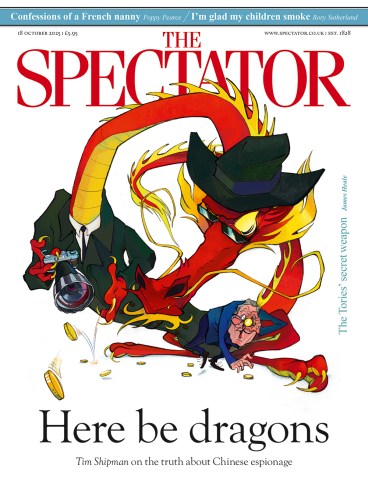
At the receptionist’s desk in Cosprop’s studio and costume warehouse, a former Kwik Fit garage, the sloping bleakness of Holloway Road is held at bay by a small chandelier, brassy lighting and a bound guest book. It’s a bit stagey, like a filmset for a cheap foreign hotel or an expensive shrink’s office, quite out of place in the real north London high street. But as the entrance to a costume house that builds worlds and people out of bits of fabric, feathers and jewels, it’s appropriate. Suspend all disbelief, ye who enter here.
Cosprop was founded by the costume designer John Bright in 1965. What began as a small collection of second-hand clothes in an old fishmonger’s shop on Gloucester Avenue has grown into an Academy Award-winning operation, dressing all varieties of period dramas from Merchant Ivory films to the rather more fantastical Pirates of the Caribbean. Today, the warehouse holds a collection of around one million items of clothing and accessories, as well as an archive of more than 8,000 original period pieces used as historical references.
These costumes come to define how we remember a character, a film, even an actor
Most of Cosprop’s stock is made up of rentals, but the company is better known for its bespoke costumes. Well, perhaps not known by name to most casual viewers, but these costumes come to define how we remember a character, a film, even an actor. I picture the Bingley sisters from Pride and Prejudice as depicted in 1995 by the BBC, in Gucci tones and garish, feathery hats. When I think of Helena Bonham Carter, it’s not the Tim Burton iterations that I remember but her Lucy Honeychurch in Merchant Ivory’s A Room with a View (see below), with her stormy brow and girlish white dresses. (This was the film that won Bright an Oscar.) It’s the costumes in the 2020 adaptation of Emma that made this film a true ‘costume drama’, with their whimsical colours and chintziness, a story expressed through clothing as much as acting.
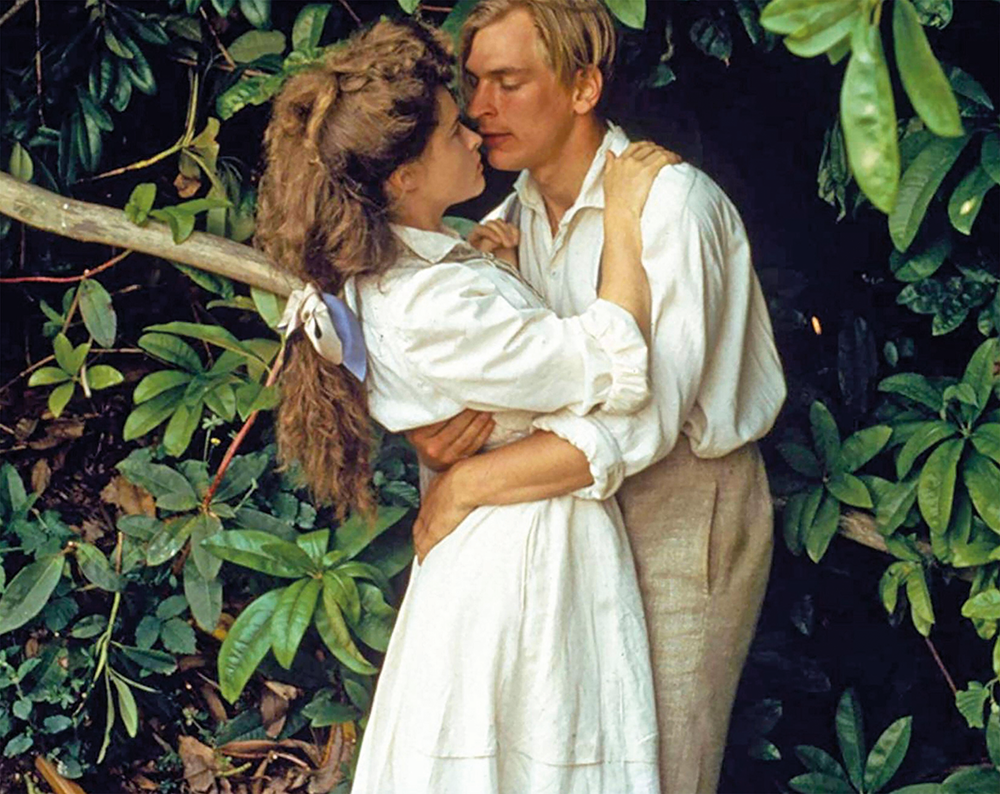
These are a few of the 80 garments on display at the Fashion and Textile Museum’s exhibition, Costume Couture: Sixty Years of Cosprop. When I meet John Bright, 85, he has the look of mischief, a proud glint in his eyes as he reminisces on his early years working in costume departments at the now-defunct Players’ Theatre and the Royal Shakespeare Company. He jokes that he hung around Stratford because ‘there was an actor called Ian Holm there, and it was good for me to see someone as short as I was given lead parts’.
Bright wanted to be an actor, but his father, ‘born in 1894 and deeply Victorian’, wouldn’t allow him to take up a career for ‘ruffians’. He told his son to find a craft, so Bright enrolled in a fashion course at the South West Essex Technical College and School of Art (now Walthamstow Forest College). It allowed him to go to Paris and attend fashion shows by the haute-couture houses – Dior, Chanel, Givenchy, Heim – ‘but all the clients sitting there were amazingly old and, obviously, amazingly rich. I thought, I don’t really want to do this as a job.’
In his own way, Bright has become a kind of couturier. ‘We work almost like a couture house,’ Cosprop’s managing director Chris Garlick tells me, ‘in that the costume-makers make everything from start to finish. In most workrooms, you have a hierarchy. There would be people making just sleeves.’ Here, each maker is responsible for the entire garment, though it may be an 1860s crinoline dress one week and a 1930s evening gown the next.
Garlick guides me through a sequence of rooms, each of which feels like its own little set. We cross an atrium filled with indoor plants and white wicker chairs, peer into what appears to be a circus tent used for fittings, and then into a dimly glittering closet of costume jewellery, headdresses and tiaras. In a long, skylit room upstairs, the costume-makers are busily sewing and strewing strips of fabric over their workspaces. The in-house milliner Cat shows me the ‘morgue’ – a box of tiny, stuffed birds. (A 19th-century newspaper clipping on her wall laments the import of 20-30 million dead birds to ‘supply the demands of murderous millinery’.)
The main space is a two-storey warehouse, where rows of clothing rails are rammed with costumes. The word ‘costume’ connotes a certain heavy-handedness, as in cheap Halloween fancy dress. Yet this collection more closely resembles a Notting Hill vintage shop than a costume department, despite the staff darting in and out of rows gathering heaps of garments for fittings. These look like clothes for real people, albeit from distant eras, rather than for actors pretending to be people.
Work for Cosprop comes and goes in waves, with periods of quiet before jobs come in all at once, and with less and less notice now before filming begins. ‘Everything is much quicker. We used to have six months to prepare for a ten-part series, now it’s about eight weeks,’ Garlick says. When I ask what’s changed, he says simply: ‘Money.’ Lack of it means that production companies hold off contracts with actors, designers and set builders for as long as possible to pay them as little as possible. Actors are cast last-minute and dressed on short deadlines – sometimes with such little notice, as in the case for a wedding dress being made for a new adaptation of The Age of Innocence, that the dressmaker never gets a chance to see the actor in person.
The UK has seen a boom in the film and television industry largely due to generous tax reliefs, but smaller production companies have long been on a downturn, as have broadcasters like the BBC and ITV. Even streaming giants and American studios with bigger pockets seem tense, hesitant to blow money on creative risks. Their tendency is to play it safe. A whiteboard in the warehouse lists a host of upcoming productions Cosprop is working on: a Highlander spin-off, a Hunger Games spin-off, another Pride and Prejudice, another Sense and Sensibility, another Harry Potter, another Age of Innocence.
Most often remakes are pale imitations of earlier films, and even paler retellings of the novels, starring Instagram-faced babies whose looks are too American for Austen, and superficial in the wrong way for Wharton. They’re fine, or fine every once in a while, but Bright strikes me as someone who cares deeply about artistry and about film as more than pure entertainment. I wonder if, as a designer, he finds creativity is limited by what’s already been done, or by having to please a rabid fan base. ‘I think most designers look at what’s gone before, and say, “I didn’t think that worked.” Everyone clips from everything else,’ he answers, but, as many of these films are still in production, ‘I think we can’t judge them yet.’
We’ll look back wistfully when Netflix contracts Shein for its seventh remake of Little Women
He sounds apprehensive about them. ‘Well, I am apprehensive. I haven’t seen enough of some of [the costumes]. You see, where we’ve done the principal characters, you get an idea.’ But when another costume house collaborates on a film, the results can fall short of Bright’s standards. ‘We were sent a bit of upholstery fabric last week to make a suit for Ralph Fiennes,’ John says. ‘It is unspeakable, this material. It’s upholstery of the worst sort.’
There is a ‘great difference’ between period costumes made 20, 30 years ago and those made today. ‘It comes down to the educational system, sadly. Art schools don’t have the same hours devoted to the history of dress that they had when I was in college.’ Courses were much more specialised, dividing essentially into two streams: one for designers, and one for makers. ‘Now, to get funding, they have to have more courses’ – in business and management, for example – ‘so that means the time devoted to certain parts of the teaching is even less.’ More time for workforce readiness instead.
If that holds true, the costumes on display at Costume Couture are on their way to being period pieces themselves, which we’ll look back on wistfully when Netflix contracts Shein for its seventh remake of Little Women. Of course, the exhibition can only do so much with clothes that are meant to be worn by people and not by mannequins. ‘We couldn’t ever do it in the appropriate settings,’ John admits. The point is not to show the costumes on the right person and in the right scenery – that’s what the films are for – but quite the opposite, to let the clothing stand alone. It loses something without the human underneath, but gains recognition as art in its own right.
Costume Couture: Sixty Years of Cosprop is at the Fashion and Textile Museum until 8 March 2026.
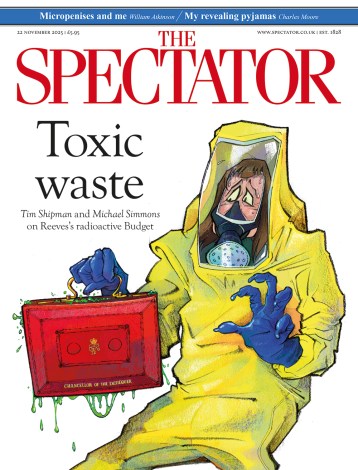
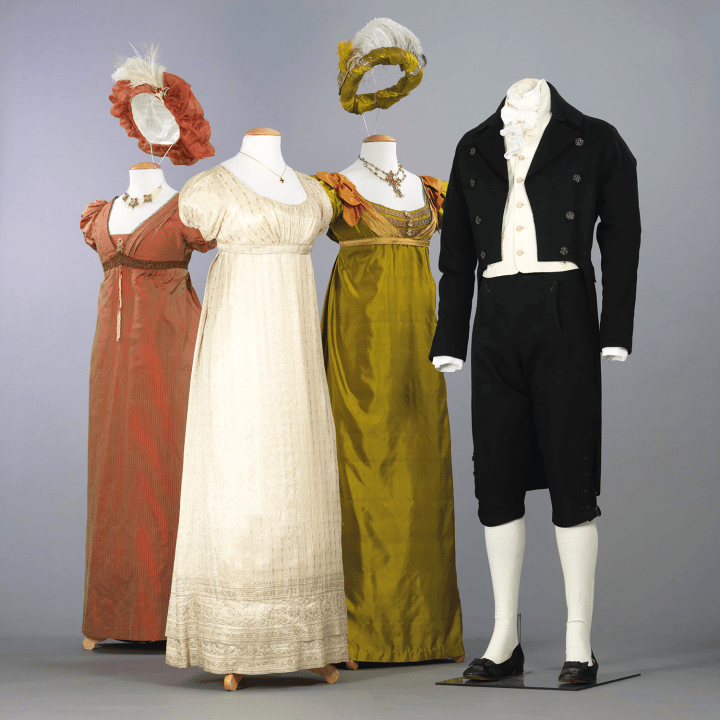

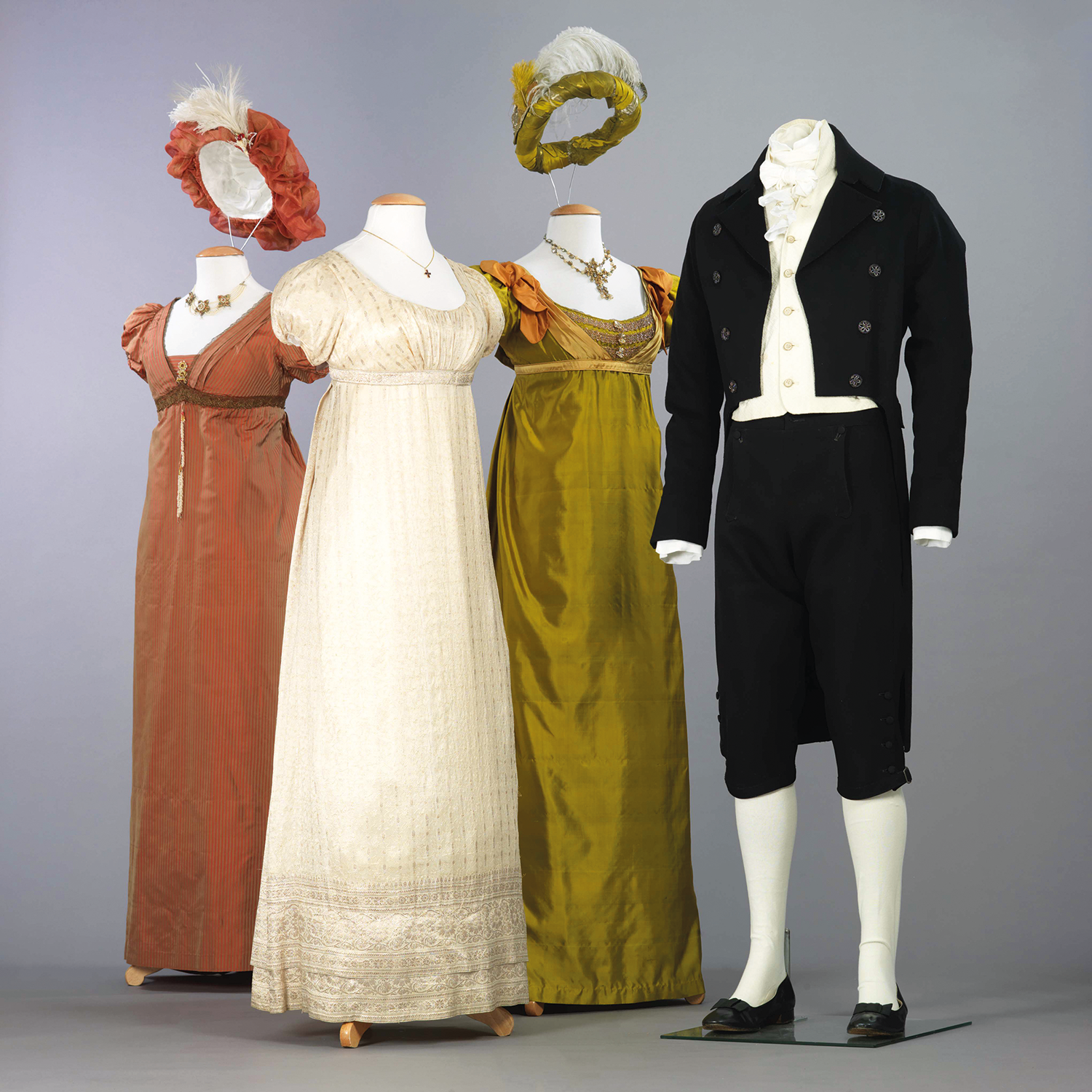




Comments